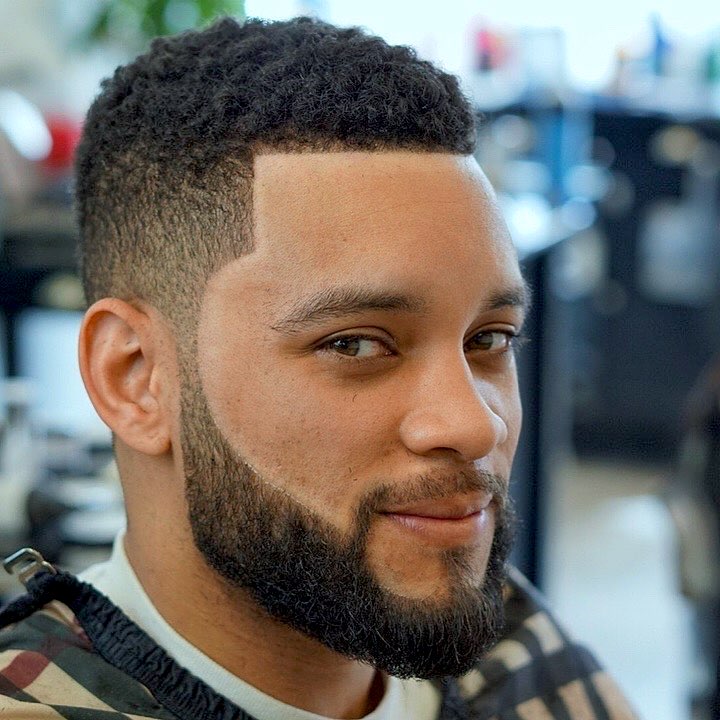Hair salons in New York City are more than just places to get a trim; they function as important cultural hubs that help shape neighborhood identity and foster connections among residents. These establishments have a rich heritage in city settings, serving as meeting spots where individuals from varied backgrounds come togetherness. In many areas, barbershops are often the first place where clients can participate in discussions about local issues, share stories, and build relationships. This unique role makes barbers not only talented professionals but also community curators who contribute to the community fabric of their communities.
The environment in a barbershop is often vibrant and welcoming, creating a setting where people feel comfortable expressing themselves. Barbers are known for their skill to engage with patrons, often participating in talks that range from sports to politics. This interaction helps to create a feeling of belonging among patrons, as they share their stories and viewpoints. In many cases, barbershops mirror the cultural diversity of the neighborhoods they serve, showcasing different hairstyles, grooming techniques, and even sounds that resonate with the local community. This social exchange enhances the interaction for everyone involved and bolsters community ties.

Barbershops also play a significant role in maintaining cultural heritage. Many barbers have been trained in particular techniques that are transmitted through generations, ensuring that unique styles and methods are not lost over time. For example, certain haircuts and grooming methods may be linked to cultural background, allowing clients to show their identity through their appearance. By upholding these traditions, barbershops help to keep cultural stories alive, providing a sense of pride and continuity for local members.
In furthermore to their cultural significance, barbershops often participate in community service and support local initiatives. Many barbers take an active role in addressing social issues, such as education and health awareness, by organizing events or providing resources to their clients. This engagement demonstrates a commitment to the well-being of the community and encourages a feeling of duty among barbers. By using their influence to encourage positive development, barbershops become vital players in the local area, further solidifying their role as cultural curators.
In conclusion, barbershops in NYC serve as crucial places for cultural interaction, community development, and identity formation. They provide a useful reference distinct environment where people can connect, share, and celebrate their diverse backgrounds. As community curators, barbers not only shape the way people present themselves but also influence the broader community dynamics. By recognizing the value of these businesses, we can appreciate the vital role they play in fostering connections and maintaining cultural heritage in city settings.